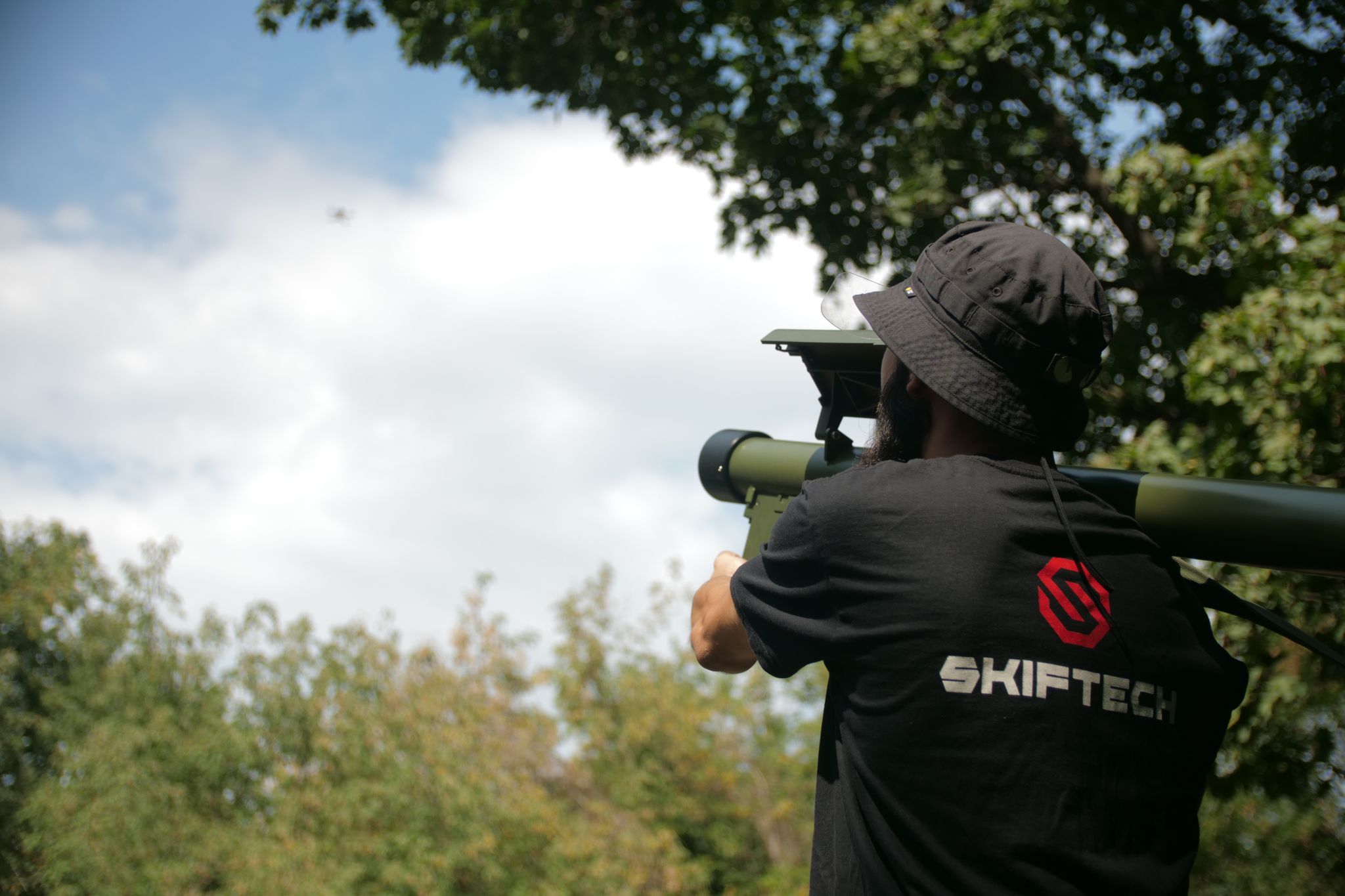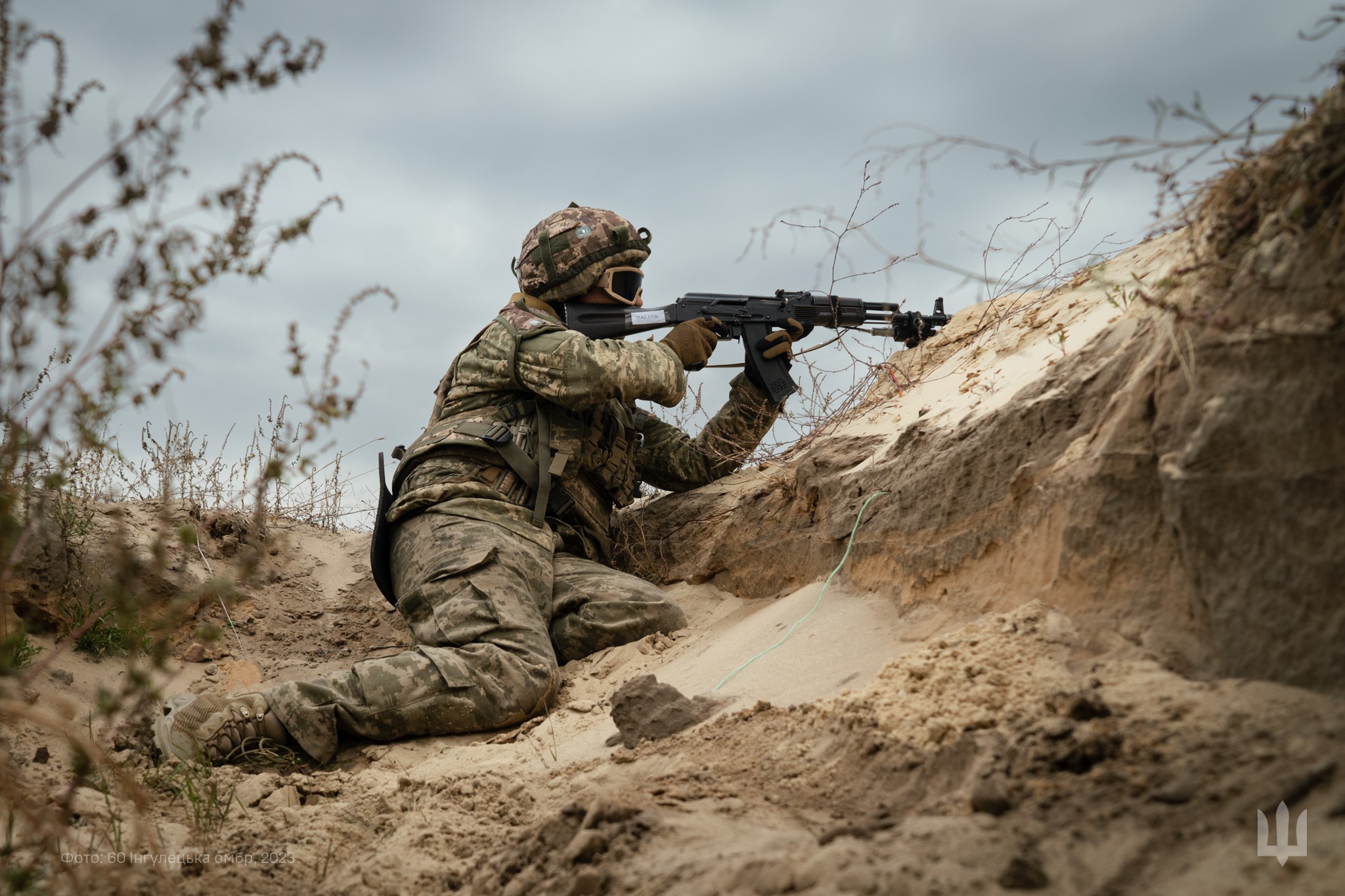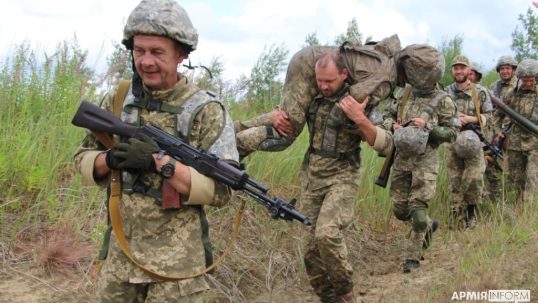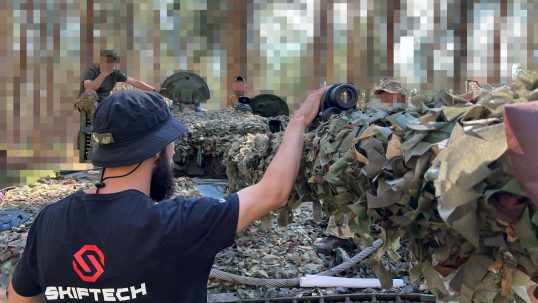
Modern military training demands realistic, efficient, and safe preparation. The advantages of simulation in training help minimize risks while enhancing soldiers’ skills without endangering their lives.
SKIFTECH develops state-of-the-art realistic training simulations,that enable military personnel to train in environments that closely mimic actual combat scenarios. This article explores the benefits of simulation in training, particularly in tactical preparation for infantry, armored vehicle crews, and explosive ordnance disposal (EOD) teams.
Why are tactical simulations essential for military training?
In real combat, reaction speed and unit coordination determine mission success and survival. Making the right decisions under extreme pressure is crucial, and realistic training simulations provide the necessary experience. Traditional training methods, such as live-fire drills or exercises with blank rounds, have limitations. They may not fully replicate real threats, pose injury risks, and require significant resources. That is why military forces worldwide increasingly adopt realistic training simulations.
One of the main advantages of tactical simulations is the ability to quick decision-making under stress. Soldiers are placed in realistic combat scenarios where they must react instantly to evolving situations. This fosters analytical thinking, situational awareness, and quick decision-making, even in high-pressure conditions.
Another crucial aspect is unit coordination. Even well-trained soldiers struggle if their team lacks synchronization. Realistic training simulations enable military personnel to refine teamwork in combat scenarios, improving communication and operational efficiency.
Risk reduction in training is a key benefit of tactical simulations. Using laser-based simulation systems, such as those developed by SKIFTECH, eliminates the danger of live ammunition while ensuring a high level of realism. This approach significantly reduces financial costs by eliminating ammunition expenditures and increasing training frequency.
Additionally, modern realistic training simulations allow soldiers to learn new battlefield tactics in a controlled setting. As warfare evolves with new technologies and strategies, military personnel must constantly adapt. Training with advanced simulation systems ensures readiness for any battlefield scenario.
Tactical simulations are now a fundamental component of military training, providing efficiency, safety, and deep combat skill development. As technology continues to shape modern conflicts, integrating realistic training simulations is becoming a strategic necessity for any military force.
Two-sided combat simulation: Safety and efficiency

One of the most effective training tools for infantry and armored vehicle crews is two-sided combat simulation using laser-based technology. These systems work by:
- Equipping soldiers with simulation kits replicating real weapons.
- Using laser-based sensors to simulate bullet impacts.
- Recording hits, mistakes, and individual performance for post-exercise analysis.
Key benefits:
– Minimized injury risks – Training without live ammunition.
– Realistic combat scenarios – Mimics actual battlefield conditions.
– Comprehensive performance analysis – Identifies weaknesses and areas for improvement.
How does field training with simulators work?
- Military units deploy in a designated training area.
- They receive a mission, such as defending a position or launching an assault.
- The simulation system tracks every movement and shot.
- After the exercise, an in-depth analysis highlights tactical errors and operational efficiency.
For example, SKIFTECH systems are already integrated into Ukrainian Armed Forces training, replicating realistic battlefield conditions and improving operational readiness.
Simulated explosive devices: Safe EOD training

EOD training is one of the most hazardous aspects of military preparation. SKIFTECH provides realistic training simulations for explosive devices, including:
- TM-62 – Anti-tank mine simulation.
- MON-50 – Directional mine simulation.
- PMN-2 – Anti-personnel mine simulation.
- F-1 – Grenade training model.
How does it work?
– Soldiers handle mock explosive devices that accurately replicate real threats.
– They practice neutralization techniques under controlled conditions.
– Risk reduction in training is maximized by eliminating real-life hazards.
Through realistic training simulations, soldiers gain hands-on experience with explosive threats without life-threatening risks.
Grenade launcher simulators: Realistic training without ammunition
Training with grenade launcher simulators (RPG-7, RPG-18, RPG-22) enables military personnel to:
– Practice aiming and firing techniques.
– Train in realistic battlefield conditions.
– Understand the effectiveness of various grenade launcher types.
These realistic training simulations ensure soldiers master grenade launchers without depleting ammunition.
Traditional vs. simulated training: A comparison
| Parameter | Traditional Training | Tactical Simulation |
| Safety | High risk of injuries | Minimal risk |
| Ammunition Costs | High | None |
| Realism | Partial | Full |
| Performance Analysis | Limited | Detailed statistics |
Financial advantages of integrating simulations into military training
How do simulations save resources?
– Reduced ammunition costs – No real bullets required.
– Lower equipment wear and tear – No real weapon degradation.
– Shorter training cycles – Faster skill acquisition.
For instance, training a unit of 50 soldiers traditionally requires 10,000 rounds of ammunition. By using SKIFTECH laser-based simulation systems, these costs can be entirely eliminated.
Psychological benefits of simulation training
How do realistic training simulations enhance psychological resilience?
– Soldiers become accustomed to high-pressure situations in a controlled setting.
– They develop the ability to react calmly and strategically under threat.
– Stress tolerance improves, ensuring better battlefield performance.
Studies from military academies indicate that soldiers trained in realistic simulations make 40% faster decisions in real combat than those using traditional methods.
The future of tactical simulations
What’s next for military simulation training?
– Augmented reality (AR) will provide even more immersive scenarios.
– Biometric sensors will monitor soldiers’ physical and psychological conditions.
– Cyber-training battlefields will allow for advanced strategy development.
Prediction: By 2030, most global military forces will rely on fully digital training systems.
The adoption of realistic training simulations significantly enhances risk reduction in training, improves combat effectiveness, and reduces training costs.
SKIFTECH is at the forefront of military simulation technology, ensuring that soldiers receive the most advanced and effective training to prepare for real-world combat scenarios.
FAQ
- How do tactical simulations benefit soldiers?
They enable realistic combat training without real-life risks. - Can simulations teach weapon handling?
Yes, laser-based systems provide full-scale weapon training. - How do simulations assist EOD specialists?
Safe replicas of explosive devices allow soldiers to practice neutralization techniques without danger. - Are live rounds used in simulation training?
No, all training is conducted without real ammunition. - Where can SKIFTECH equipment be tested?
SKIFTECH systems are available for testing at military exercises and defense exhibitions.

